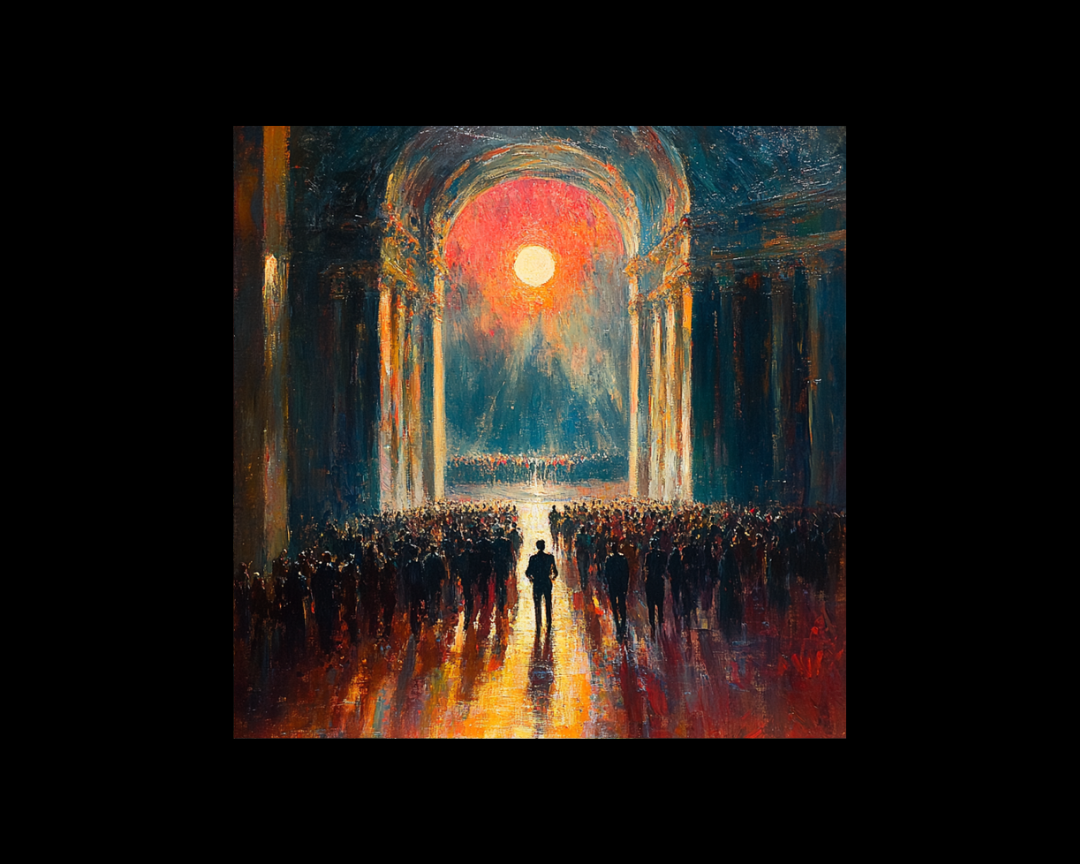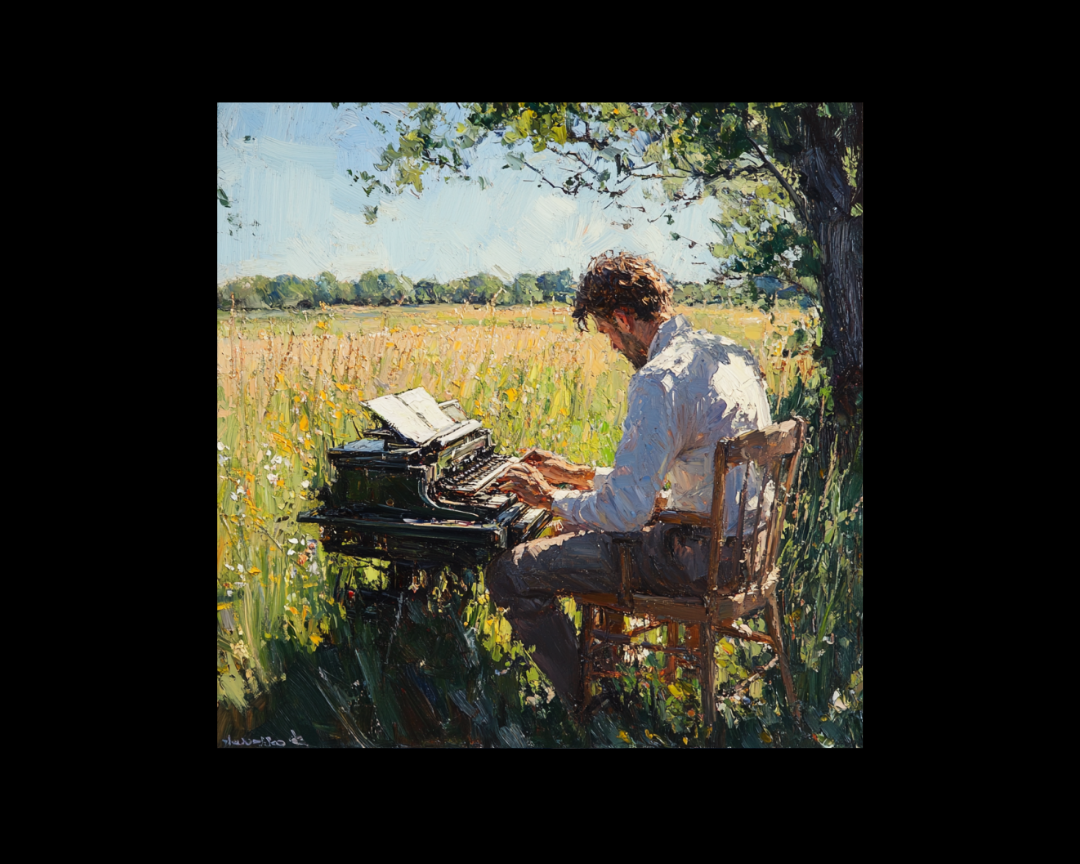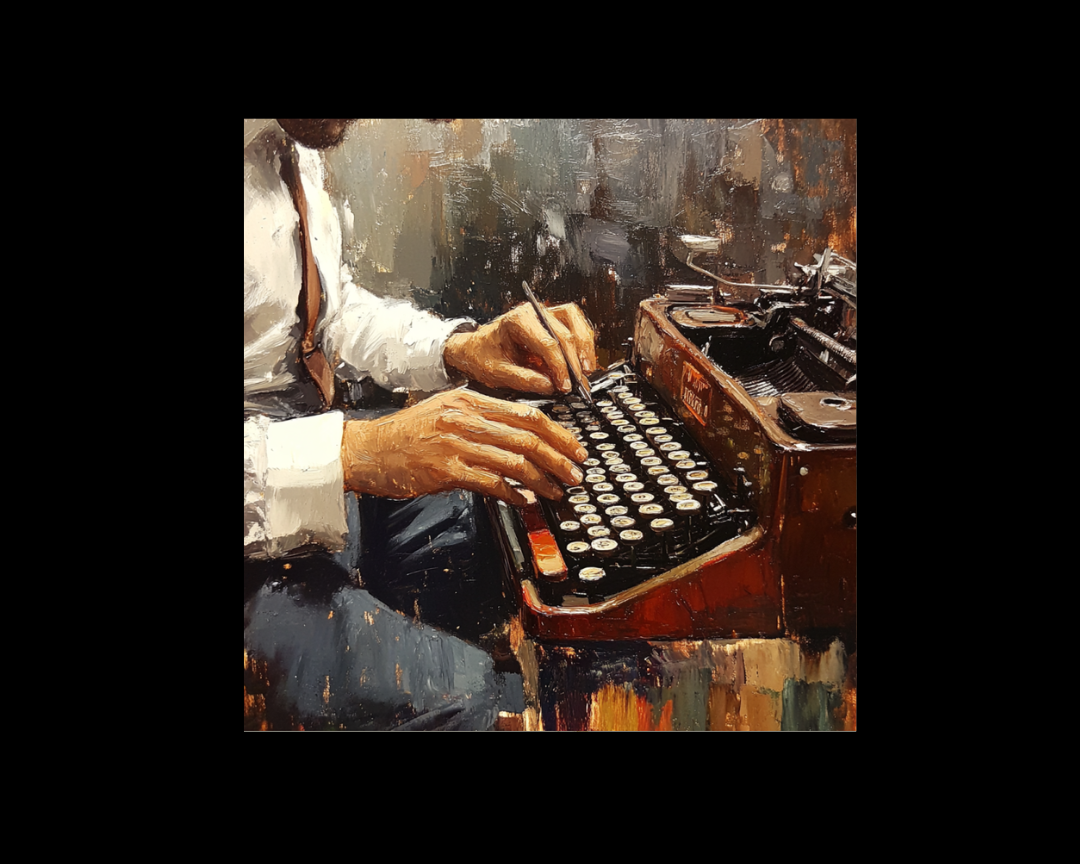Among the most powerful tools in a writer's arsenal are metaphors and similes. While these two literary devices share similarities, understanding their differences can help you use them more effectively in your writing. Let's dive deep into the world of metaphors and similes, exploring their definitions, uses, and impact on your audience.
What is a Metaphor?
A metaphor is a figure of speech that uses one thing to mean another and compares the two. Unlike similes, metaphors don't use words like "like" or "as" to make the comparison. Instead, they state it directly, creating a more powerful and immediate impact.
Example of a Metaphor:
"He's become a shell of a man."
In this metaphor, we understand that the person hasn't literally become a shell. Instead, the phrase suggests that he has lost his substance or vitality, comparing him to an empty shell.
What is a Simile?
On the other hand, a simile compares two different things using the words "like" or "as" to create a new meaning. Similes make the comparison explicit, which can be useful when you want to draw attention to the act of comparing itself.
Example of a Simile:
"He's like a shell of a man."
This simile conveys the same idea as the metaphor above, but using "like" makes the comparison more explicit.
The Power of Metaphors
Metaphors carry more power than similes because they're direct. By eliminating "like" or "as," metaphors create a stronger, more immediate image in the reader's mind. They can:
- Simplify complex ideas
- Make controversial topics more palatable
- Create extraordinary meaning from mundane concepts
Metaphors in Everyday Language
We often use metaphors in our daily speech without realizing it. Consider these common expressions:
- "She has a special place in my heart."
- "I'm at the height of my career."
- "Education is the gateway to success."
- "Life in the fast lane."
- "She followed in her mother's footsteps."
- "A blanket of snow fell last night."
When to Use Similes
While metaphors are powerful, similes have their place in effective writing. Similes can be particularly useful when:
- You want to draw attention to the act of comparing
- You need to make a more nuanced or specific comparison
- You're introducing a complex idea and want to ease the reader into it
The Impact of Figurative Language on the Brain
Metaphors and similes are so effective because they engage both hemispheres of our brain:
- The right brain reacts to the emotional and visual aspects of the figurative language
- The left brain engages with the logical relationships presented
This dual engagement makes figurative language particularly memorable and impactful.
Metaphors in Literature
Metaphors have been used by countless authors to create vivid imagery and convey complex emotions. Here are some notable examples from classic literature:
- William Shakespeare's "Romeo and Juliet": "But soft! What light through yonder window breaks? It is the east, and Juliet is the sun." Here, Romeo compares Juliet to the sun, emphasizing her beauty and importance.
- Emily Dickinson's "Hope is the thing with feathers": "Hope is the thing with feathers That perches in the soul, And sings the tune without the words, And never stops at all," Dickinson metaphorically describes hope as a bird, highlighting its lightness, persistence, and ability to uplift.
- George Orwell's "Animal Farm": The entire novel is an extended metaphor (also known as an allegory) for the Russian Revolution and the rise of Stalinism.
- Sylvia Plath's "The Bell Jar": "If neurotic is wanting two mutually exclusive things at one and the same time, then I'm neurotic as hell. I'll be flying back and forth between one mutually exclusive thing and another for the rest of my days." Plath uses the flying metaphor to describe the feeling of being torn between conflicting desires.
- F. Scott Fitzgerald's "The Great Gatsby": "The eyes of Doctor T. J. Eckleburg are blue and gigantic — their irises are one yard high. They look out of no face, but, instead, from a pair of enormous yellow spectacles which pass over a non-existent nose." These eyes on a billboard serve as a metaphor for the eyes of God, watching over the characters' actions.
Similes in Literature
With their explicit comparisons, similes allow authors to draw attention to specific qualities or characteristics. Here are some memorable examples:
- Homer's "The Odyssey": "As when a man hides a firebrand in black ashes at the end of a distant farm, a man who has no neighbors, guarding the seed of fire to keep it alive and not go looking for it elsewhere, just so did Odysseus hide himself in leaves." This elaborate simile compares Odysseus hiding to a farmer preserving a firebrand, emphasizing his isolation and the importance of his survival.
- Maya Angelou's "I Know Why the Caged Bird Sings": "She was like a horse running into a burning barn." Angelou uses this simile to describe a character's self-destructive behavior.
- Charlotte Brontë's "Jane Eyre": "I am no bird; and no net ensnares me: I am a free human being with an independent will." While rejecting the comparison, Jane uses a simile to assert her independence.
- John Steinbeck's "The Grapes of Wrath": "The sun lay on the grass and warmed it, and in the shade under the grass the insects moved, ants and ant lions to set traps for them, grasshoppers to jump into the air and flick their yellow wings for a second, sow bugs like little armadillos, plodding restlessly on many tender feet." Steinbeck uses a simile to compare sow bugs to armadillos, creating a vivid image of these small insects.
- Zora Neale Hurston's "Their Eyes Were Watching God": "She was stretched on her back beneath the pear tree soaking in the alto chant of the visiting bees, the gold of the sun and the panting breath of the breeze when the inaudible voice of it all came to her. She saw a dust-bearing bee sink into the sanctum of a bloom; the thousand sister-calyxes arch to meet the love embrace and the ecstatic shiver of the tree from root to tiniest branch creaming in every blossom and frothing with delight. So this was a marriage!" Hurston uses multiple similes and metaphors in this passage to describe Janie's awakening to love and sexuality.
The Interplay of Metaphors and Similes
While we've been discussing metaphors and similes as separate entities, skilled writers often use them in conjunction to create rich, layered prose. Let's examine a few examples where authors blend these figurative devices:
- William Faulkner's "A Rose for Emily": "Alive, Miss Emily had been a tradition, a duty, and a care; a sort of hereditary obligation upon the town, dating from that day in 1894 when Colonel Sartoris, the mayor--he who fathered the edict that no Negro woman should appear on the streets without an apron--remitted her taxes, the dispensation dating from the death of her father on into perpetuity. Not that Miss Emily would have accepted charity. Colonel Sartoris invented an involved tale to the effect that Miss Emily's father had loaned money to the town, which the town, as a matter of business, preferred this way of repaying. Only a man of Colonel Sartoris' generation and thought could have invented it, and only a woman could have believed it." In this passage, Faulkner uses both metaphor and simile. Miss Emily is metaphorically described as "a tradition, a duty, and a care," while the simile "a sort of hereditary obligation" further emphasizes her status in the town.
- Charles Dickens' "A Tale of Two Cities": "A wonderful fact to reflect upon, that every human creature is constituted to be that profound secret and mystery to every other. A solemn consideration, when I enter a great city by night, that every one of those darkly clustered houses encloses its own secret; that every room in every one of them encloses its own secret; that every beating heart in the hundreds of thousands of breasts there, is, in some of its imaginings, a secret to the heart nearest it!" Dickens uses metaphor to describe humans as "profound secret and mystery," and then extends this metaphor to houses and rooms, each enclosing its own secret. The beating hearts are both literal and metaphorical, representing the inner lives of the city's inhabitants.
The Evolution of Figurative Language in Literature
As we move from classical to modern literature, we can observe how the use of metaphors and similes has evolved:
- Classical Literature: In works like Homer's "Iliad" and "Odyssey," similes are often extended and elaborate, sometimes spanning several lines. These epic similes serve as comparisons and mini-narratives that enrich the text.
- Renaissance Literature: Shakespeare's plays and sonnets are rich with metaphors and similes, often used to express complex emotions or philosophical ideas. His famous sonnet 18, "Shall I compare thee to a summer's day?" is an extended simile exploring the nature of beauty and mortality.
- Romantic Poetry: Poets like William Wordsworth and Samuel Taylor Coleridge used natural imagery in their metaphors and similes to explore human emotions and the relationship between man and nature.
- Modernist Literature: Authors like James Joyce and Virginia Woolf used more abstract and unconventional metaphors and similes, reflecting the fragmented nature of modern experience.
- Postmodern Literature: Writers like Thomas Pynchon and David Foster Wallace often use complex, multilayered metaphors and similes that blur the lines between literal and figurative language.
The Impact of Cultural Context on Figurative Language
It's important to note that cultural context can heavily influence the effectiveness of metaphors and similes. What resonates in one culture might not have the same impact in another. For example:
- In Chinese literature, the moon is often used as a metaphor for reunion and homesickness, a connotation that might not be immediately apparent to Western readers.
- Native American literature often uses metaphors and similes that draw on natural phenomena and animal behavior, reflecting a worldview that sees humans intimately connected with nature.
- In African literature, proverbs often serve as extended metaphors, condensing complex ideas into memorable phrases.

How to Use Metaphors and Similes in Your Writing
Now that we understand the power of metaphors and similes let's explore how to use them effectively in your writing:
1. Headlines
Use metaphors or similes in your headlines to grab attention and plant a vivid image in your reader's mind. For example:
- "Unlock the Gateway to Success: 5 Keys to Effective Time Management"
- "Navigate the Stormy Seas of Entrepreneurship: A Captain's Guide to Business Success"
2. Openings
Start your piece with a strong metaphor or simile to engage your readers immediately. For instance:
"In the dense jungle of digital marketing, content is your machete, cutting through the noise and clearing a path to your audience."
3. Themes
Build your entire piece around an extended metaphor or simile. This can create a cohesive and memorable reading experience. For example, you could compare the process of writing to cooking, extending the metaphor throughout your article.
4. Explaining Complex Ideas
Use metaphors or similes to break down complex concepts into more digestible pieces. For instance:
"Understanding quantum physics is like trying to catch smoke with your bare hands - it's elusive and hard to grasp, but with the right tools and patience, you can begin to see its shape and movement."
5. Conclusions
End your piece with a powerful metaphor or simile to leave a lasting impression on your readers. For example:
"As you embark on your writing journey, remember that each word is a stepping stone. Some may be wobbly, others solid, but each one brings you closer to the masterpiece on the other shore."
The Art of Crafting Effective Metaphors and Similes
Creating impactful metaphors and similes is a skill that requires practice. Here are some tips to help you craft more effective figurative language:
- Be Original: Avoid clichés and overused comparisons. Strive for fresh, unexpected connections.
- Keep it Relevant: Ensure your metaphors and similes relate to your audience's experiences and knowledge.
- Don't Overdo It: Use figurative language sparingly. Too many metaphors or similes can overwhelm your readers.
- Be Specific: The more specific and concrete your comparisons, the more vivid and memorable they'll be.
- Consider Your Tone: Make sure your figurative language matches the overall tone of your piece.
Metaphors and Similes
Metaphors and similes are powerful tools in a writer's arsenal. While metaphors offer directness and impact, similes provide clarity and specificity. By understanding the strengths of each and using them strategically, you can elevate your writing, engage your readers more deeply, and communicate your ideas more effectively.
Remember, mastering the art of figurative language is a journey. Like a skilled painter mixing colors on a palette, you'll learn to blend metaphors and similes to create vivid, impactful prose that resonates with your readers. So pick up your pen (or keyboard), and start painting with words!
 Joy Youell
:
Jul 6, 2024 10:31:47 AM
Joy Youell
:
Jul 6, 2024 10:31:47 AM
.png)


